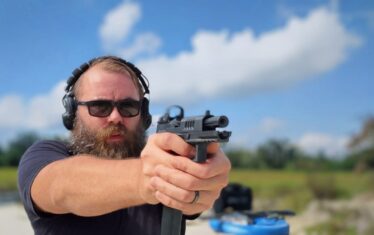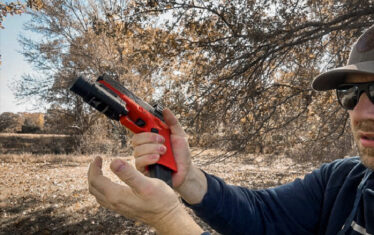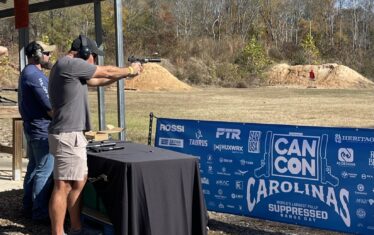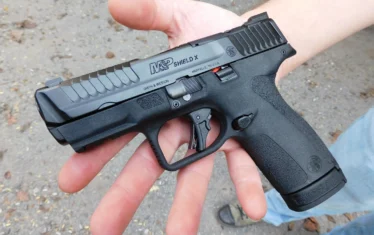Semi-auto handguns are the most popular type of firearm. They’re versatile, and that’s why they are so popular — they’re ideal for concealed carry, home defense, and competition.
For a new gun owner, the wide variety of semi-autos can be intimidating. Marketing buzzwords, technical jargon, and terms thrown around in reviews can add to the confusion.
To help, we’re breaking down the most common terms associated with semi-automatic handguns. In this guide, we’ll define these terms and provide real-world context to help you understand what they mean for you as a shooter.
In writing this, I combed through countless gun websites, press releases, and reviews, compiling a list of terms that might leave new shooters scratching their heads. Now, we’ll tackle each one and explain it in a straightforward, practical way.
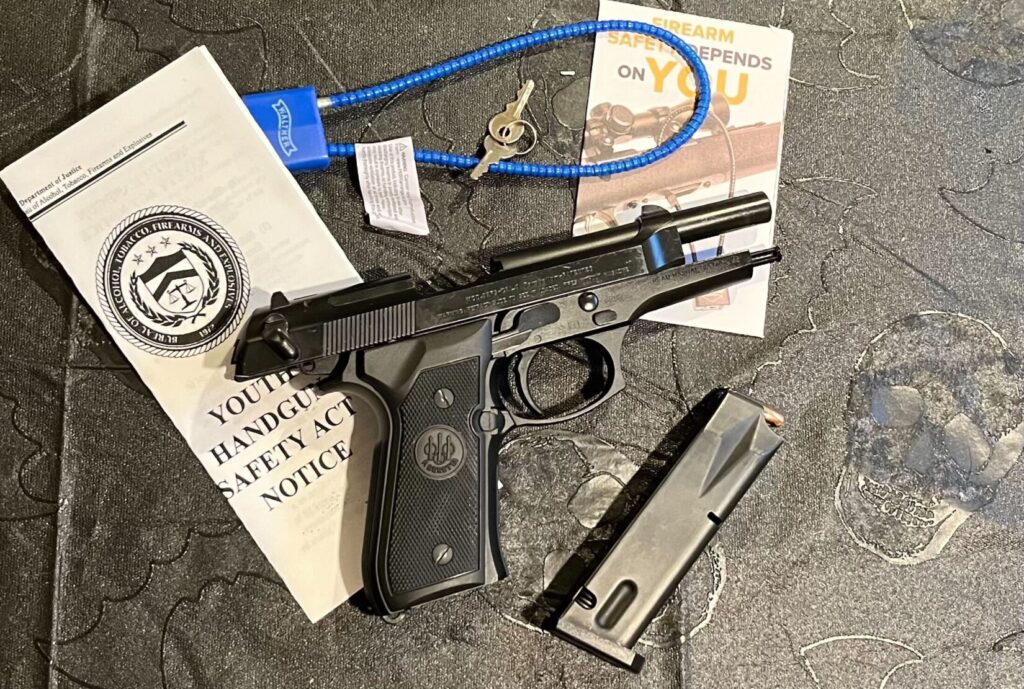
What Are Semi-Auto Handguns?
A semi-automatic handgun operates on a straightforward principle: each time you pull the trigger, the firearm automatically extracts and ejects the spent cartridge, chambers a new round, and readies itself to fire again. However, the trigger must be released and pulled again to fire each subsequent shot.
These handguns are sometimes referred to as “automatic handguns,” though this term is less common today to avoid confusion with fully automatic firearms. In this context, “automatic” refers to the automatic loading of the next round, which is a key feature of semi-autos.
Semi-automatic handguns are typically composed of three main groups of parts, the slide, frame, and magazine.
Slide
The slide is the part of the handgun that reciprocates when it is fired. It has several important parts, including the barrel, extractor, ejector, sights, firing pin, a safety mechanism in some cases, and more. To put it simply, it’s the ‘top’ of the gun.
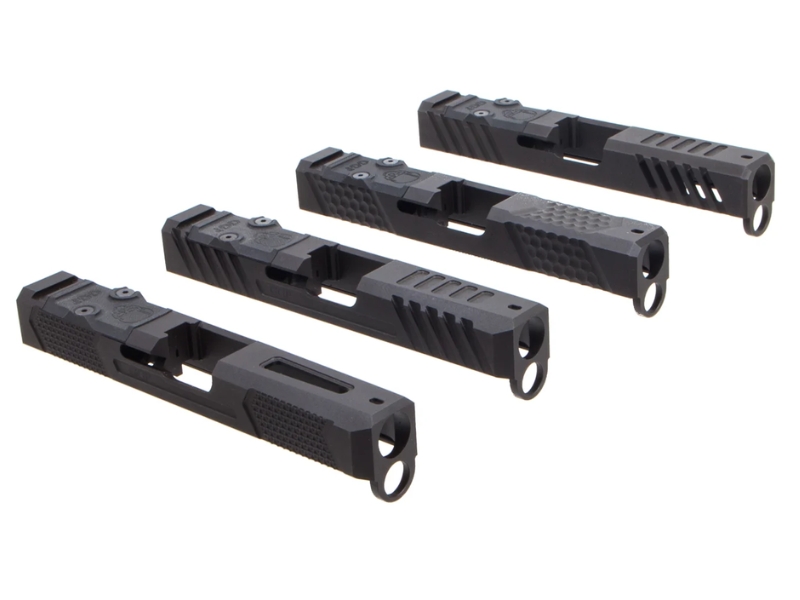
Frame
The frame is the part of the handgun that you hold while shooting. It contains the magazine, the fire control group — which involves the trigger and potentially the hammer — and other controls, including a slide release and possibly a safety.

Magazine
A magazine contains your firearm’s ammunition and uses a spring and a small plate, called a follower, to push each round upward as the gun is fired, ensuring the gun remains loaded and ready to shoot. The vast majority of guns use removable magazines.
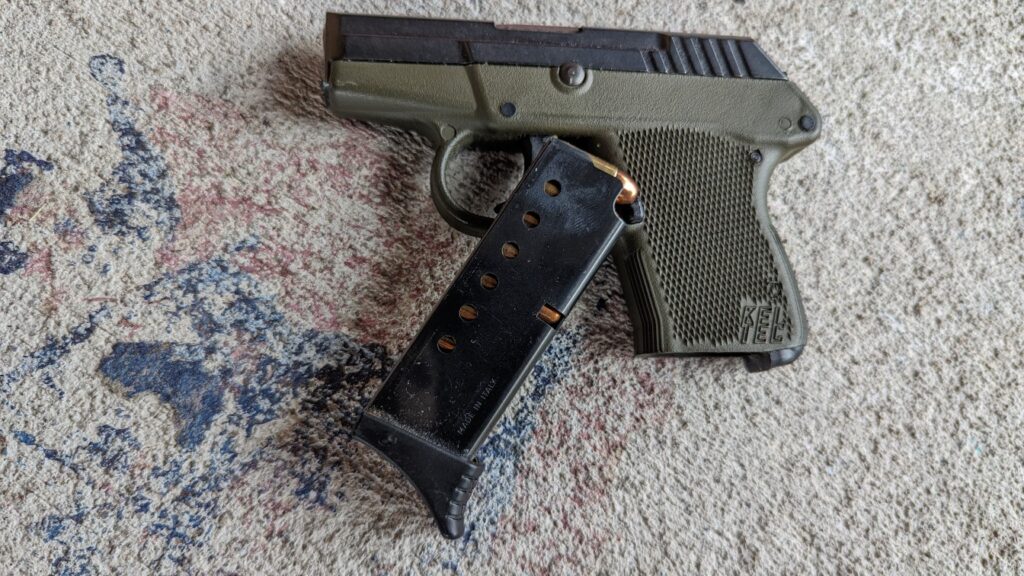
Handgun Sizes
Handguns come in a variety of sizes, which often reflect their intended use and the manufacturer’s design goals. While specific dimensions may vary between brands, the following general categories are widely recognized: full-sized, compact, and subcompact. These guidelines are approximations and cannot capture the wide variety of handguns on the market.
Full Sized
Full-sized, or duty-sized, semi-auto handguns typically have barrel lengths from 4.3 to 5 inches and a full-sized frame with a height of approximately 5.5 inches. These firearms are designed for duty use and excel in roles like home defense and competition shooting. However, most people find them too large for concealed carry.
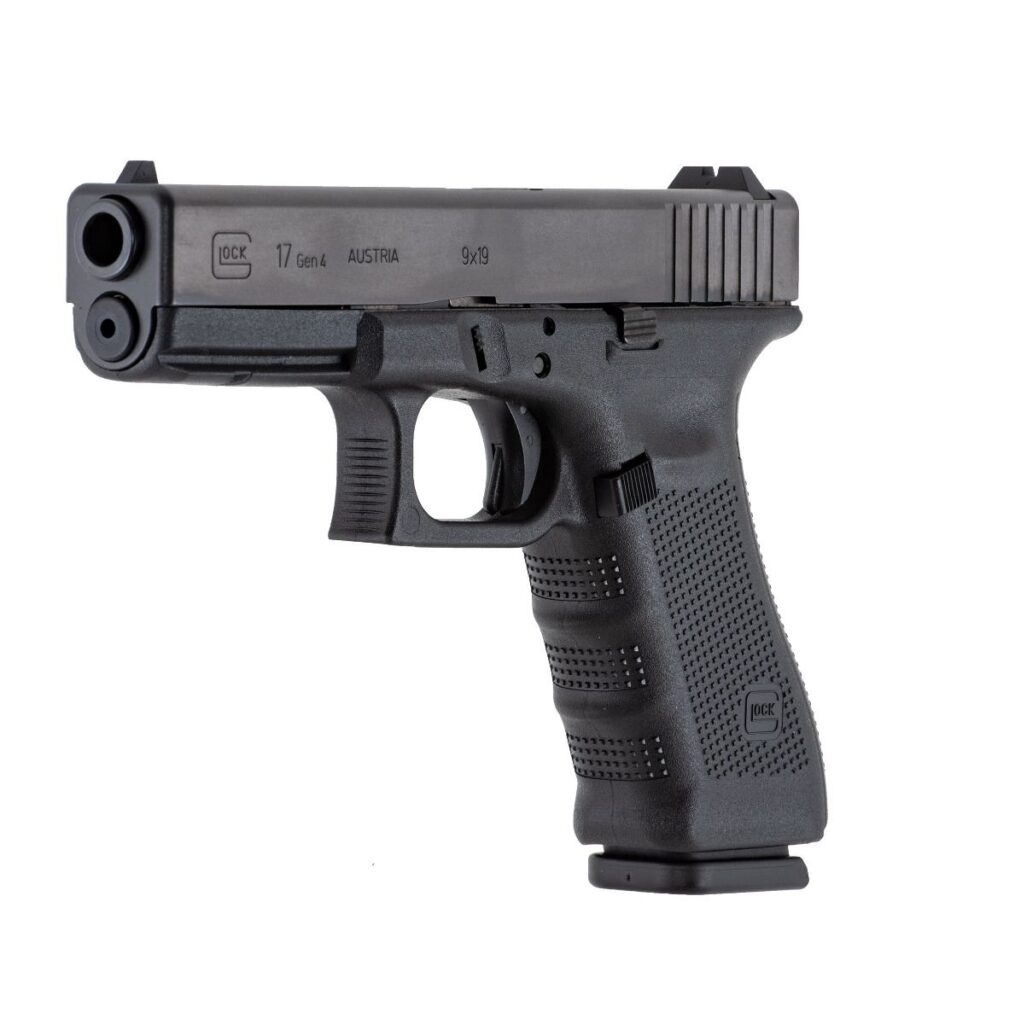
Compact
In the gun world, “compact” doesn’t always mean small — it simply refers to handguns that are smaller than full-sized models.
Compact handguns typically have barrel lengths between 3.8 and 4 inches and an overall height of around 5 inches. This size strikes a balance, making them versatile enough for concealed carry while still being manageable for home defense or range use. However, they may challenge smaller users. They tend to be a “Jack of All Trades” in firearm sizing.
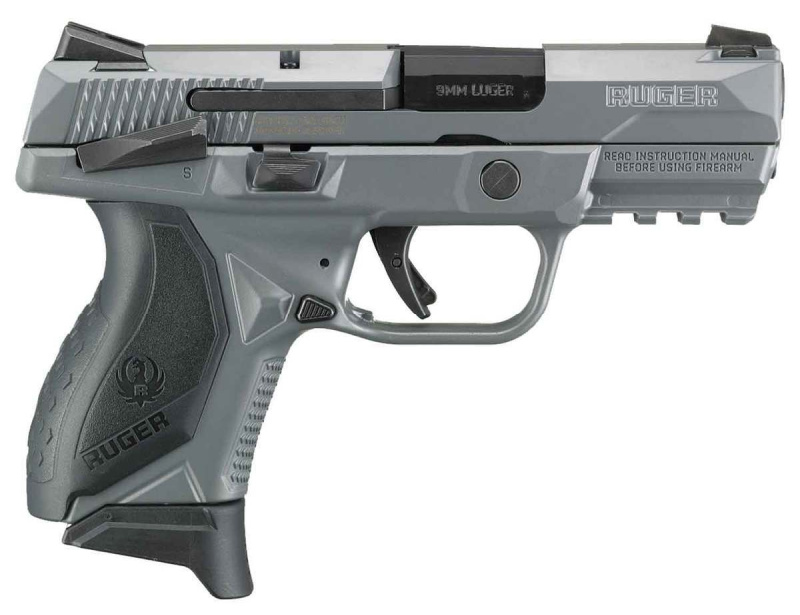
Subcompact
The subcompact is where we get small guns. These guns typically have barrel lenths of 3 to 3.5 inches in length and overall heights ranging between 4 and 4.25 inches. This category is where you get a fairly universal option for concealed carry.
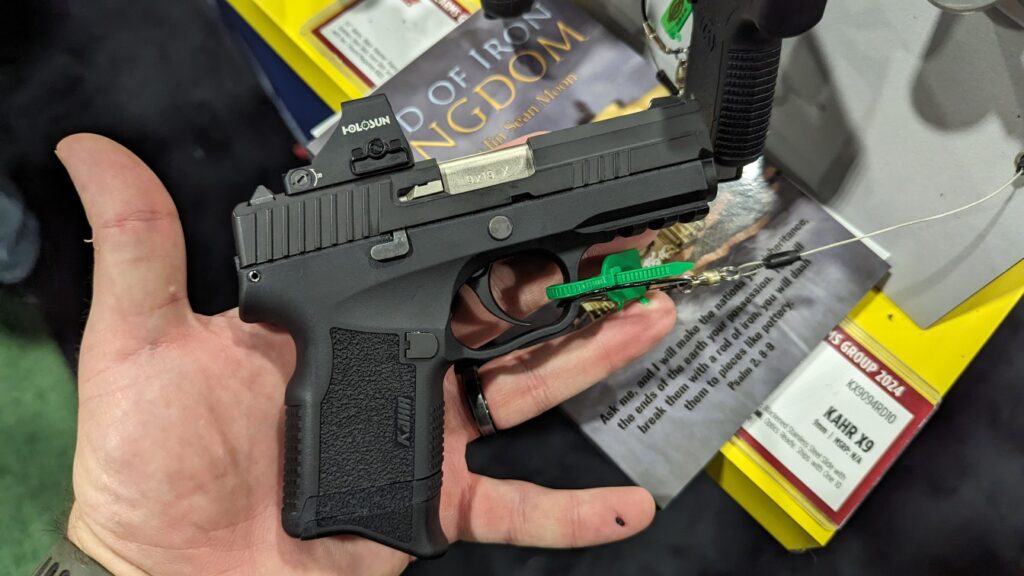
While not an official size category, pocket guns are a step smaller than subcompacts. These guns tend to be exceptionally small and thin, with barrel lengths typically less than 3 inches, and heights are less than 4inches. As the name suggests, they are small enough to fit comfortably inside a pocket, making them an ideal choice for ultra-concealed carry.
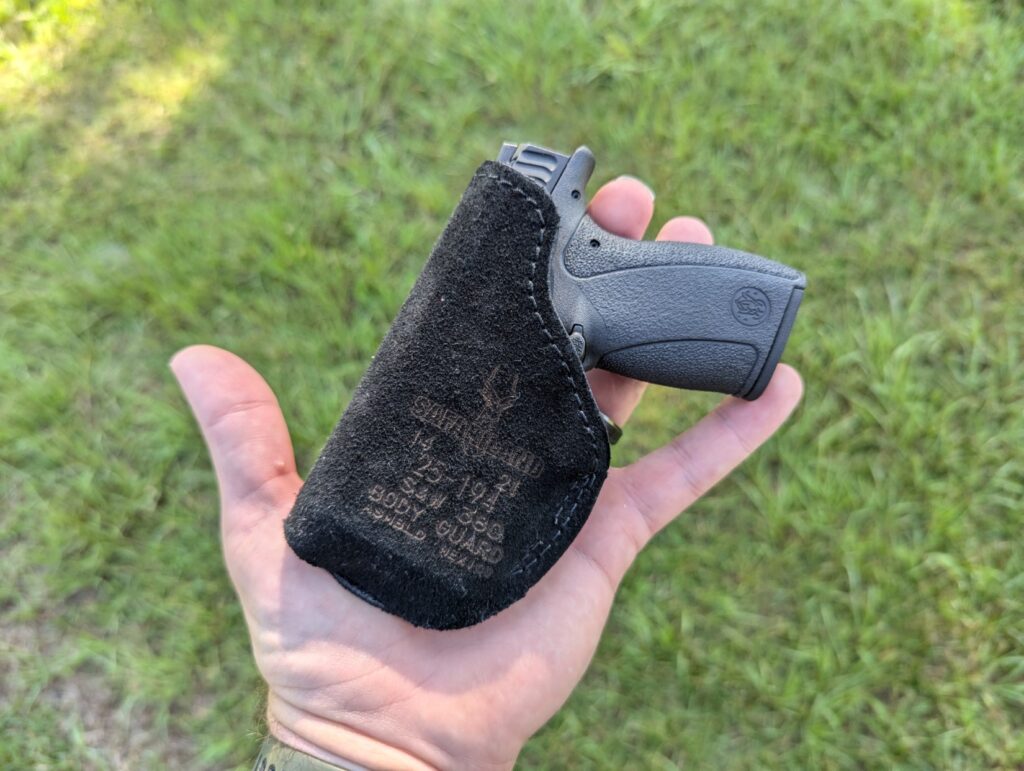
Semi-Auto Handgun Action Types
Within the world of semi-auto handguns, there are several action types, each defining how the gun operates and fires. These different action types come with their own set of benefits and drawbacks.
Double Action
A double-action (DA) trigger performs two functions with a single pull: it cocks the hammer and then releases it to fire the round.
Double-action triggers tend to be longer and heavier, which can make accuracy more challenging for new shooters. However, one advantage of double-action handguns is that they allow the shooter to pull the trigger a second time if the weapon fails to fire, offering an added layer of reliability.
Double-action triggers are often considered safer because the longer, heavier pull makes it more difficult to accidentally discharge the firearm. However, it’s important to remember that proper gun safety handling is always the most crucial factor, regardless of the type of trigger.
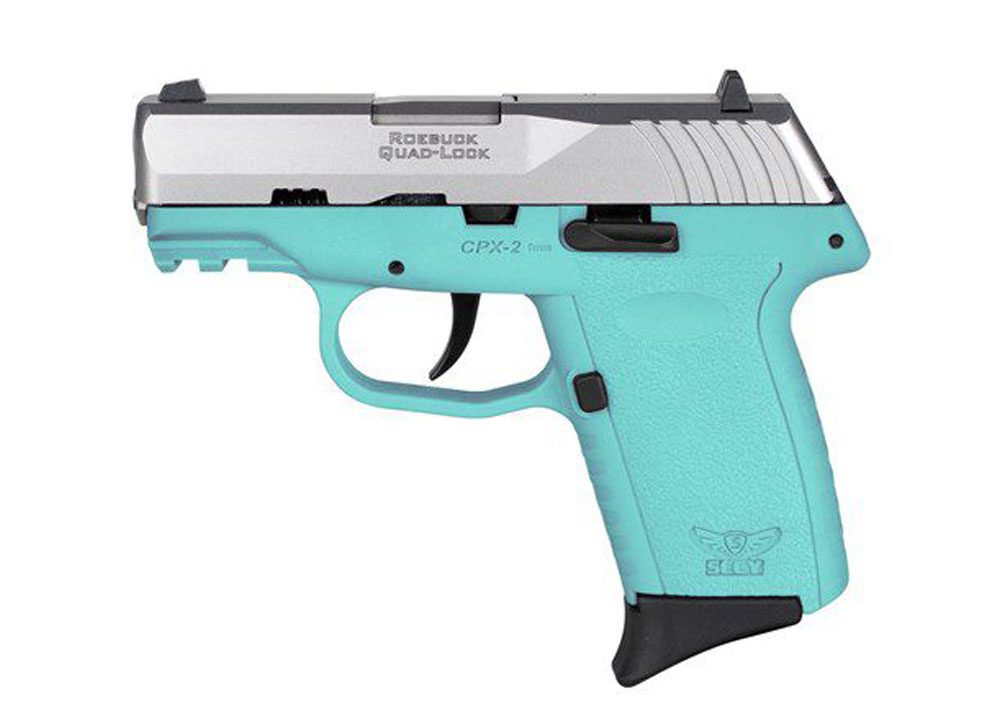
Single Action
A single-action system performs only one function when the trigger is pulled: releasing the hammer or striker to fire the weapon. This results in a lighter trigger pull, which can make it easier for new shooters to shoot accurately.
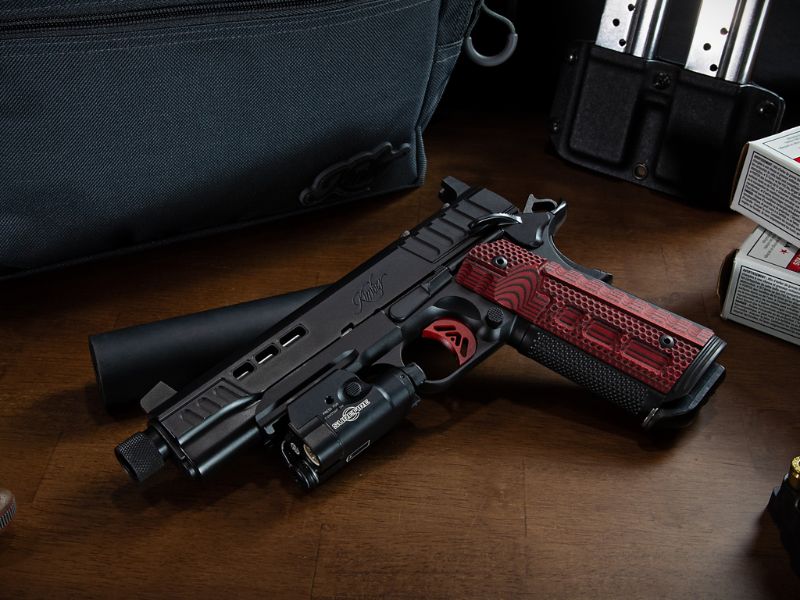
Partially Cocked Striker Fired
Most striker-fired semi-auto handguns use a partially cocked striker design.
In this system, the trigger functions similarly to a double-action trigger. When pulled, it completes the cocking of the striker before releasing it to fire the gun. This design combines aspects of both double-action and single-action systems.
Due to its light trigger pull and the inability to conduct a second strike, it does not function like most double-action triggers. These triggers offer one consistent, relatively light, and short pull with each shot.
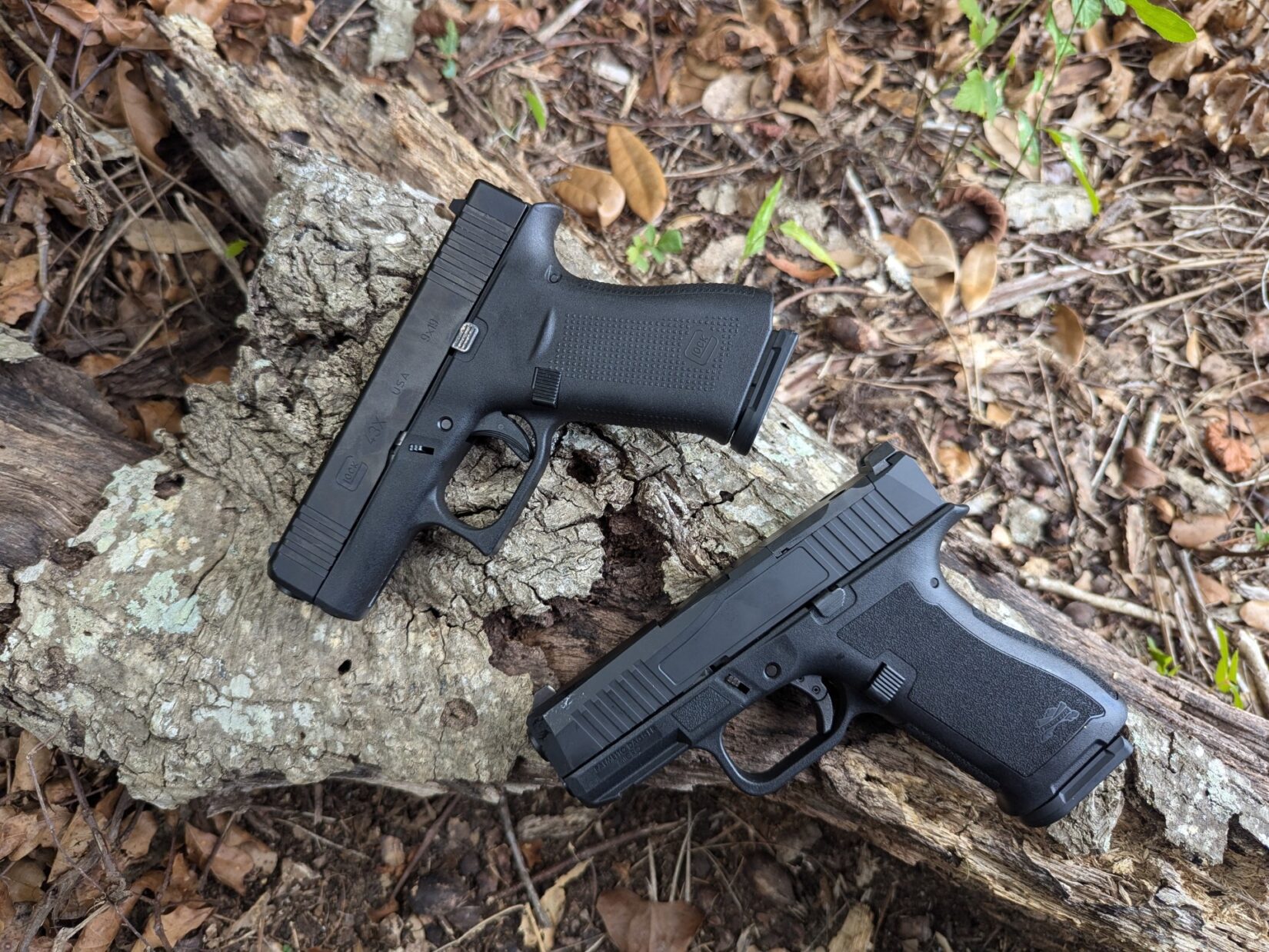
Double Action / Single Action (DA/SA)
Many semi-auto handguns combine both double-action and single-action systems, known as DA/SA guns. With these handguns, the first trigger pull is a longer double-action pull, while subsequent pulls are single-action. Most of these guns can be decocked to double action on command.
DA/SA guns offer the advantages of restrike capability and the safety of a longer, heavier double-action trigger pull, followed by the benefit of a short, lighter single-action trigger for subsequent shots. However, the trade-off is a more complex trigger system that requires the shooter to adapt to two distinct trigger pulls.
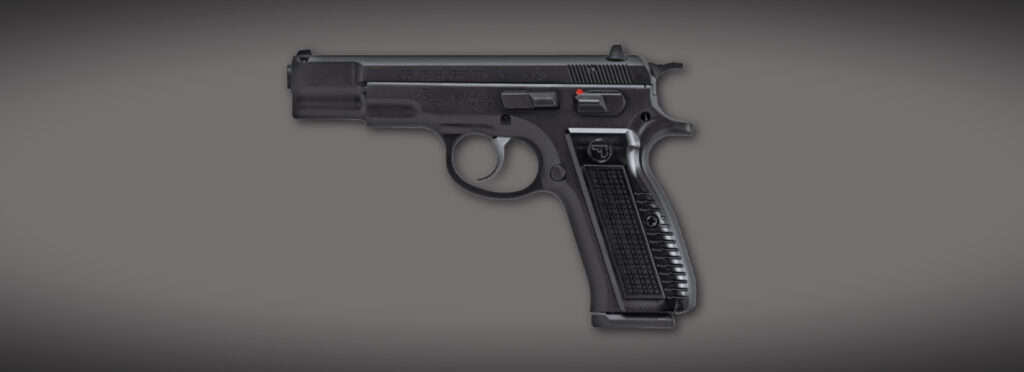
Semi-Auto Operating Systems
Operating systems in semi-auto handguns differ from action types; they describe how the firearm uses the energy from the fired projectile to cycle the slide, completing the process of extracting, ejecting, cocking, and loading the next round.
While there are several operating systems available, many of which are less common, today we’ll focus on the two that most shooters are likely to encounter.
Short Recoil
Invented by John Browning, the modern short recoil system is found in most handguns today. In this system, when the gun is fired, the barrel and slide move together for a brief distance. The barrel then stops moving, while the slide continues its rearward motion, completing the cycle of operations.
Short recoil systems are known for their reliability and typically result in lower recoil. Due to these benefits, this system is the most common method of semi-auto handgun operation.

Blowback
Blowback-operated firearms have the most straightforward operating system. In this design, the energy from the fired round forces the slide to move rearward, while the barrel remains fixed. Blowback-operated handguns are typically chambered in lower-powered calibers, such as .380 ACP or smaller.
While larger caliber blowback guns do exist, they often require a heavy slide or a strong recoil spring to function safely. Blowback firearms are generally less expensive but tend to have harsher recoil compared to other operating systems.

Magazine Types
While fixed magazines have existed in some handguns, the vast majority of modern handguns use removable magazines. These removable magazines come in three main configurations: double-stack, single-stack, and something in-between.
Double Stack
Double-stack magazines use a somewhat quasi-staggered magazine design. These magazines stack rounds next to each other to create a slightly wide magazine that holds anywhere from 10 to 21 rounds without extending from the bottom of the pistol grip.
Double-stack magazines are the most commonly used in modern handguns due to their higher capacity, offering more rounds for extended shooting sessions or self-defense scenarios.
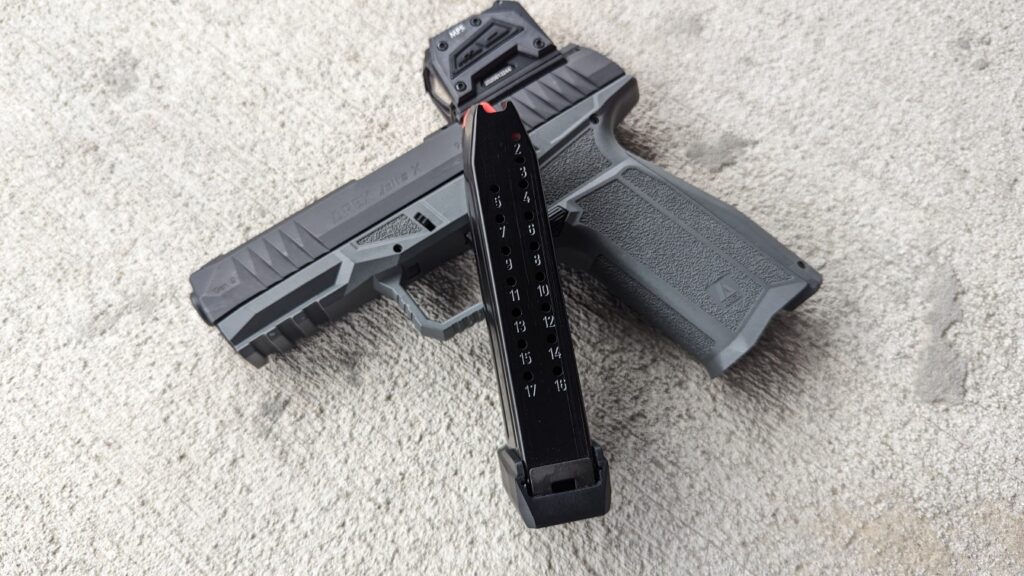
Single Stack
Single-stack magazines arrange each round in a single column, stacking them one on top of another. This design results in a thinner magazine, allowing for slimmer grips on the firearm.
While they hold fewer rounds than double-stack magazines, single-stack magazines are favored for their compact size and are particularly popular with pocket pistols and older firearms.
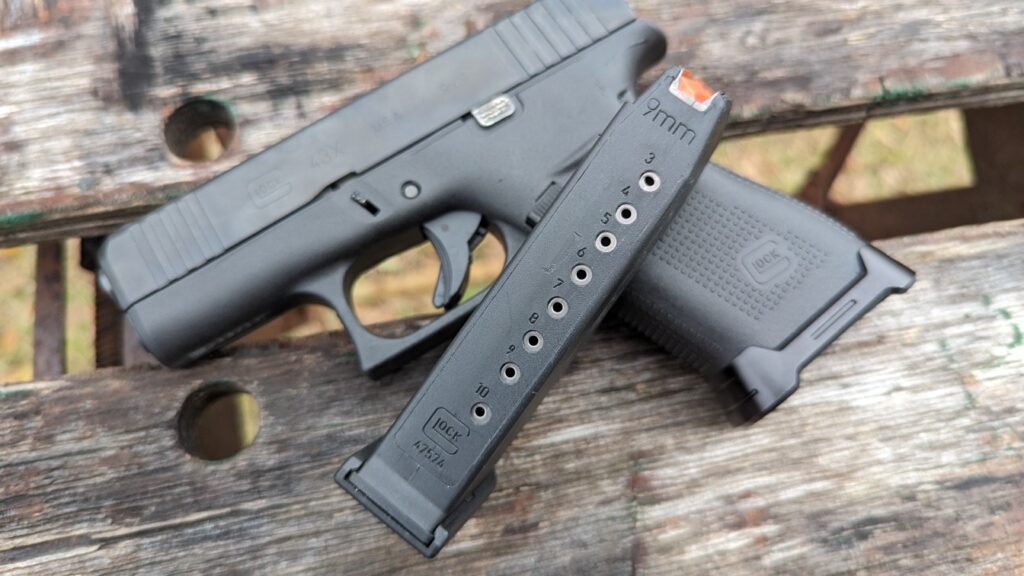
Micro Compact
Micro-compact magazines are a relatively new development and there isn’t yet a settled term for them. These magazines are typically found in firearms like the SIG P365 and combine elements of both double and single-stack designs.
They offer a slim profile similar to single-stack magazines but with a higher capacity, bridging the gap between compact size and impressive round count.

Safety Devices
There are two types of safety devices on semi-auto handguns: manual and passive. Some guns have both, while others rely solely on passive safeties. While modern handguns commonly have both types, older models may lack passive safety features.
Manual
Manual safeties require the user to actively engage or disengage them. These safeties are typically located on the slide or frame and are designed for easy access, often within reach of the shooter’s thumb or trigger finger.
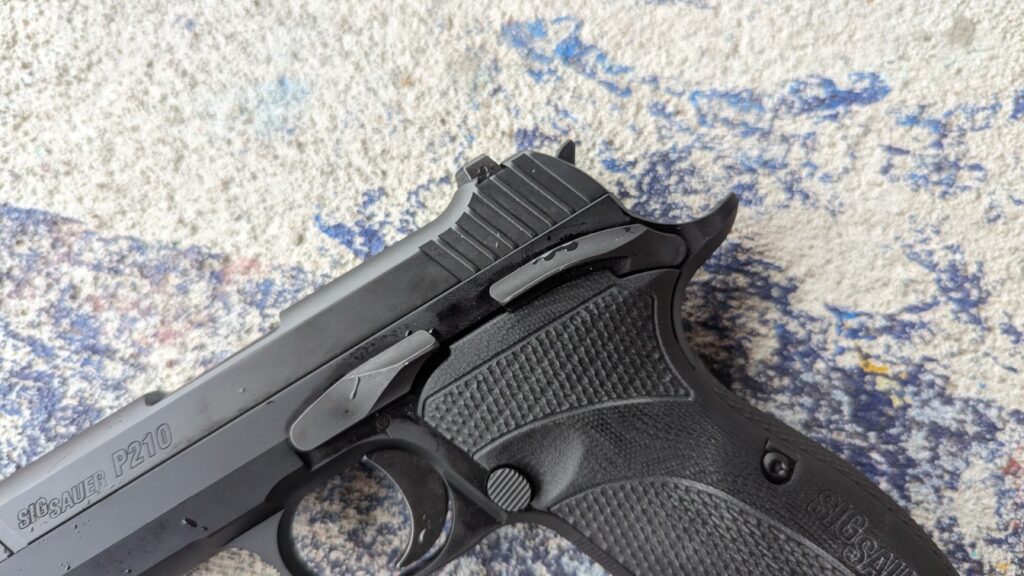
Passive
Passive safety devices are internal features that the shooter typically doesn’t see but play a crucial role in preventing accidental discharges. These include mechanisms that ensure the gun cannot fire unless the trigger is deliberately pulled or prevent firing if the firearm is dropped.
Found on most modern handguns, passive safeties offer added protection without requiring any action from the shooter.
Extra Features of Semi-auto handguns
Before wrapping up, let’s explore a few extra features you may come across when reading about semi-auto handguns in marketing materials or reviews. These terms might be unfamiliar, so let’s dissect them.
Replaceable Backstraps
Many modern duty and compact handguns offer replaceable backstraps, allowing you to customize the grip size. This feature helps ensure a better fit for your hand, making the firearm more comfortable and easier to control. It’s a great way to tailor the gun to your personal needs and preferences.

Optics Ready
“Optics ready” refers to a modification made to the slide of a handgun, typically described as a “cut,” which allows for the mounting of a red dot optic.
This feature makes it easier for shooters to add an optic for quicker target acquisition and improved accuracy, without the need for custom modifications.
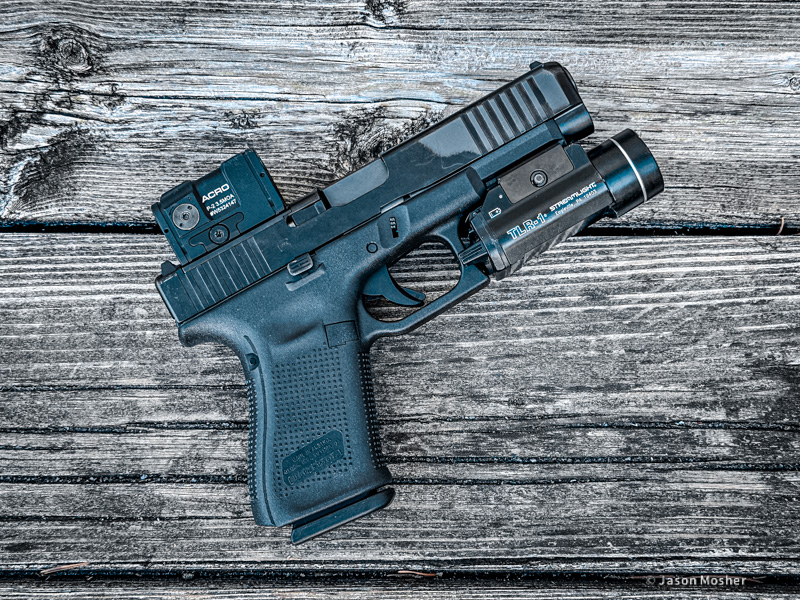
Accessory Rail
The majority of modern semi-auto handguns are equipped with an accessory rail located just in front of the trigger. This rail allows shooters to easily attach accessories such as lasers, lights, or other tactical gear.
While the majority of these rails follow the Picatinny standard, some handguns feature proprietary designs specific to the manufacturer.
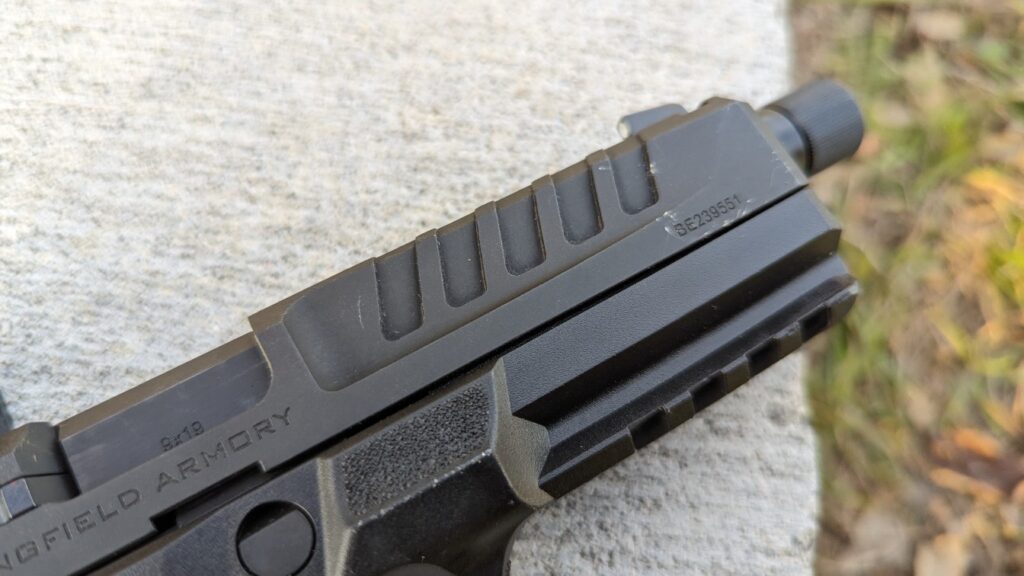
Night Sights
Night sights are designed to glow in low-light conditions, typically powered by tritium, a radioactive material. These sights enhance visibility in dark environments, making it easier to align your sights and aim accurately when lighting is poor..
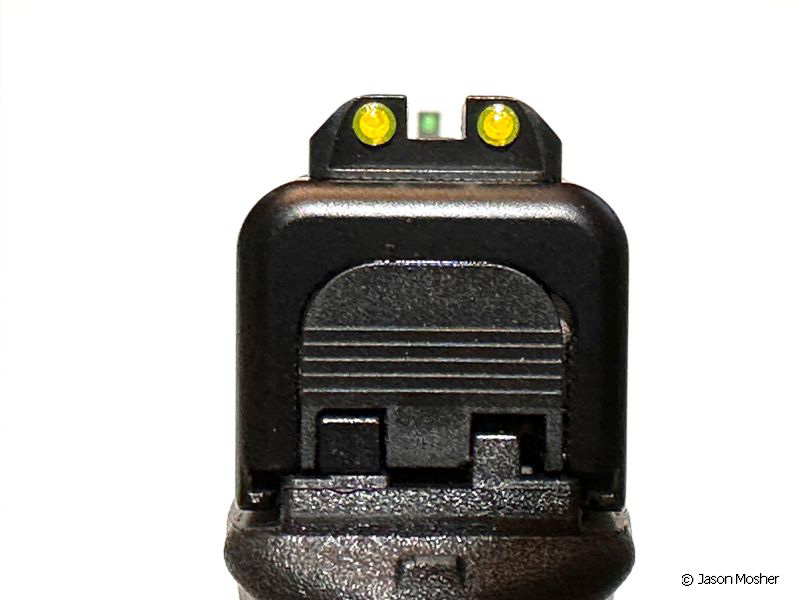
The World of Semi-Auto Handguns
The semi-auto handgun market may seem complex, but it’s actually quite straightforward once you understand the key terms.
The gun industry is full of jargon, but when you break it down, it’s easy to understand. Use this guide as your go-to guide to decipher the terms surrounding semi-auto handguns, so you can enter the market prepared to make an informed purchase.
And don’t forget, every great handgun deserves a great holster. That’s why we make the holsters trusted by the most elite military, police, and competition shooters — they’re designed for performance and reliability.






